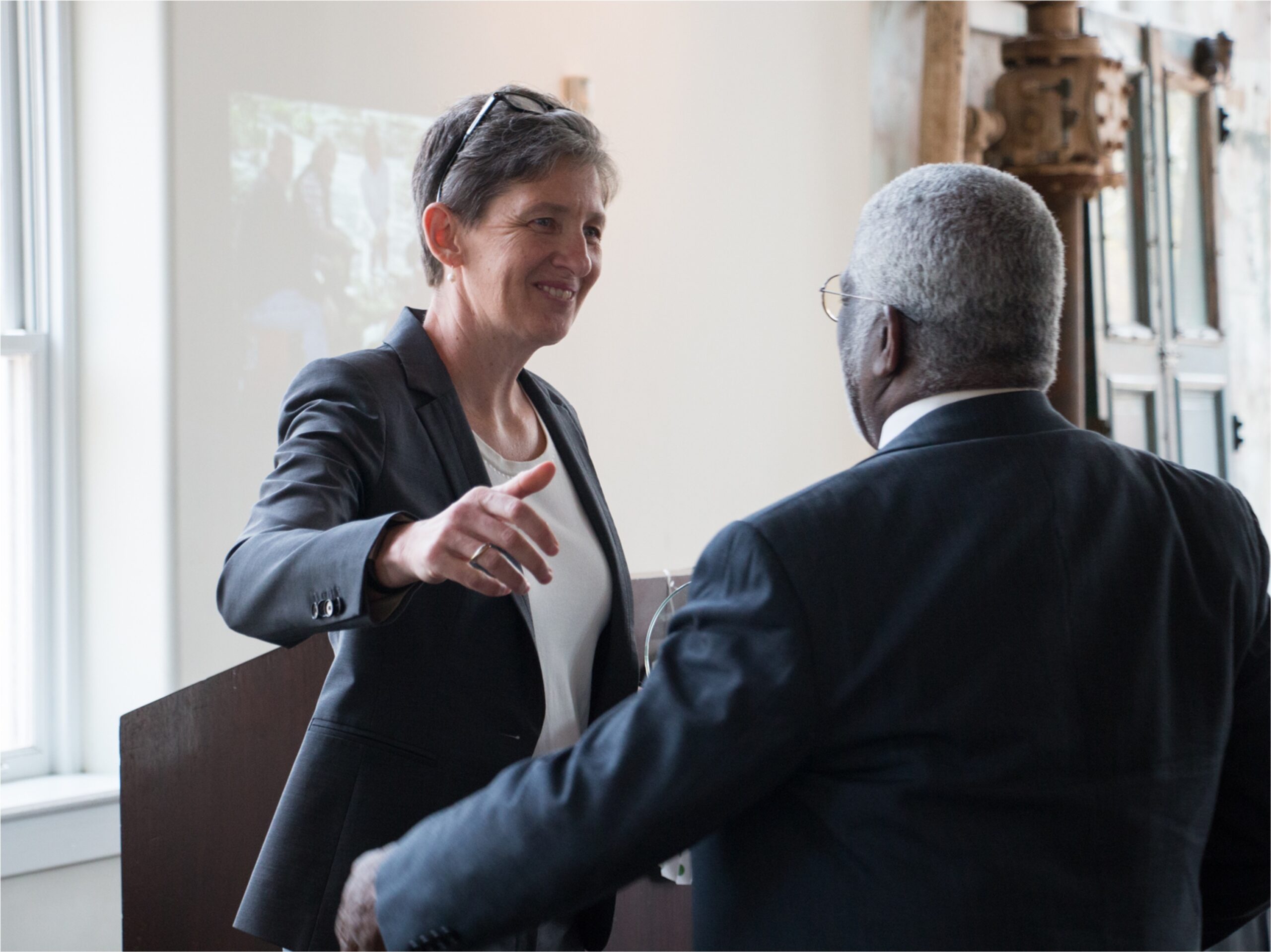A nonprofit’s board is more than just a governing body—it’s the backbone of the organization. A strong, engaged board can open doors to funding, strengthen strategic decision-making, and ensure long-term sustainability. But a disengaged or ineffective board? That can hold an organization back, creating barriers instead of opportunities. After years of working with nonprofit boards, I’ve seen firsthand what separates high-functioning boards from those that struggle. The key lies in three core areas: engagement, fundraising, and governance. Let’s break down how to strengthen each.
1. Engagement: Creating a Board That Shows Up and Steps Up
A disengaged board member is like an unused resource—full of potential but not making an impact. Board engagement isn’t just about attendance at meetings; it’s about active participation, commitment, and advocacy.
How to Increase Board Engagement:
- Set Clear Expectations – When recruiting new board members, be upfront about responsibilities, including meeting attendance, committee involvement, and fundraising expectations. A detailed board agreement can help set the tone.
- Leverage Their Strengths – Not every board member excels at fundraising, but they might be great at strategy, networking, or public speaking. Assign roles that align with their skills to keep them engaged.
- Make Meetings Meaningful – No one enjoys sitting through a meeting that could have been an email. Board meetings should be strategic, focused, and interactive, rather than just a series of reports.
- Encourage Board Ambassadors – Board members should see themselves as advocates for the organization. Provide them with key talking points and impact stories so they can confidently share the mission with their networks.
- Foster a Sense of Community – The best boards feel like a team. Plan informal gatherings, retreats, or even simple coffee check-ins to build camaraderie and deepen connections.
2. Fundraising: Turning Your Board into a Revenue-Generating Asset
Many board members hesitate when it comes to fundraising, but the reality is that financial support is a core responsibility of board service. The key is to make it approachable and provide the right tools for success.
How to Get Your Board Comfortable with Fundraising:
- Redefine Fundraising – It’s not just about asking for money. Fundraising is about building relationships, telling compelling stories, and connecting donors to meaningful impact.
- Make It Personal – Every board member should contribute financially at a level meaningful to them. Funders and major donors often look at board giving as a sign of an organization’s strength.
- Provide Clear Goals – Instead of a vague request to “help with fundraising,” set specific, actionable goals. Each board member might be asked to introduce three potential donors per year or secure one sponsorship.
- Offer Training and Support – Not everyone comes in with fundraising experience. Equip board members with donor cultivation strategies, event scripts, and coaching sessions on making an ask.
- Recognize and Celebrate Success – Fundraising can be intimidating, so celebrate wins—big or small. Acknowledging board members who step up can encourage others to do the same.
3. Governance: Ensuring Strong Leadership and Accountability
Good governance keeps a board running effectively and ensures the organization stays on mission. Without clear governance, boards can become passive, micromanaging, or disconnected from their responsibilities.
Key Governance Best Practices:
- Define Roles and Responsibilities – Board members should provide oversight, not run day-to-day operations. Clarify the balance between board leadership and staff execution.
- Review and Update Policies Regularly – Strong governance means having up-to-date bylaws, conflict-of-interest policies, and board term limits. These should align with the organization’s evolving needs.
- Conduct Board Assessments – An annual self-assessment can help identify areas for improvement and keep members accountable for their engagement.
- Prioritize Diversity and Inclusion – A strong board reflects the community it serves. Actively recruit members with diverse perspectives, skills, and lived experiences.
- Plan for Leadership Transitions – Succession planning should not be an afterthought. Establish a plan for board chair succession, committee leadership, and long-term sustainability.
Final Thoughts: Strong Boards Build Stronger Organizations
A well-functioning board is a game-changer for any nonprofit. When board members are engaged, fundraising effectively, and governing responsibly, they become powerful champions for the organization.
If your board could use strengthening, start with small, intentional steps:
- Make meetings more meaningful
- Provide clear fundraising expectations
- Foster a culture of accountability and teamwork
Most importantly, board development should be an ongoing process. Investing in it today ensures your organization thrives for years to come.
What are the biggest challenges or successes you’ve had with your board? I’d love to hear your thoughts—drop a comment or reach out!


